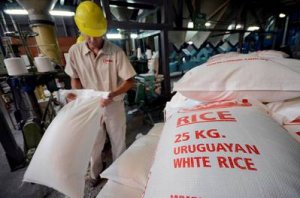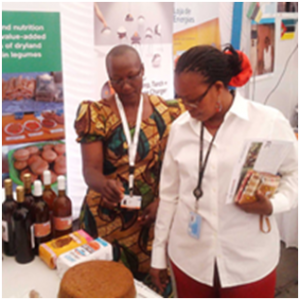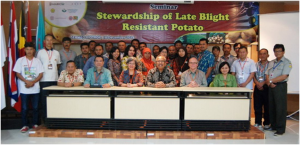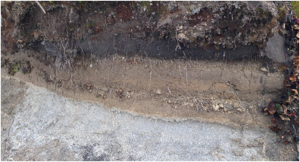|
Opinion: climate policymakers and assessments must get serious about climate engineering
Thursday, 2017/08/31 | 07:54:39
|
|
PNAS August 29 2017
Figure: Due to the complex implications of climate engineering, its use demands immediate, serious, critical investigation at the highest levels. Image courtesy of Shutterstock/idiz Climate engineering (CE)—the intentional, global-scale modification of the environment to help offset the effects of elevated greenhouse gases—appears able to reduce climate-change risks beyond what’s possible with mitigation and adaptation alone. Furthermore, the large-scale use of CE is probably essential for achieving prudent climate-change limits, including the Paris target of limiting the average global temperature rise to 1.5–2.0 °C. This conclusion appears unavoidable based on the current level of global greenhouse-gas emissions and the long time-constants of the climate system and the human energy system (e.g., the long atmospheric lifetime of carbon dioxide and the time required for large-scale deployment of new technologies). CE may also enable integrated climate-response strategies that reduce risks in ways not otherwise achievable.
At the same time, such strategies cannot replace mitigation or adaptation, which remain essential responses to the severe risks that climate change poses. And the various forms of CE, both carbon removal and sunlight-scattering solar geoengineering, pose novel, significant, and uncertain risks (1⇓⇓⇓–5).
In view of CE’s high stakes and complex implications, which offer the prospect of great benefit or harm, its use urgently needs serious, critical investigation. This has not happened. The treatment of CE thus far in climate research, assessment, scenarios, and policy debates has been at best selective and insufficient; at worst, the subject has been misrepresented or ignored.
Serious examination of CE would challenge many comforting presumptions of climate policy debates and assessment processes, but this challenge must be met. There are at least three major reasons that policy and assessment bodies must take better account of CE. First, as stated, CE might prove crucial in managing climate risks. Second, as climate-change impacts mount, vulnerable states will likely propose, demand—or simply start—operational CE interventions; better to examine CE and its implications before this happens (6). Third, decisions have already been made, in Paris and elsewhere, that implicitly rely on future deployment of some forms of CE—having committed to the ends, knowingly or not, states must now take stock of the means (7, 8). Multiple national and international bodies will have to carefully consider CE, but the most immediate responsibility falls on the Intergovernmental Panel on Climate Change (IPCC), in its current special report on the Paris 1.5 °C target and the subsequent Sixth Assessment Report (9) A Carbon Removal TrilemmaEfforts to meet the Paris targets by using known carbon removal methods present a “trilemma.” Three conditions are required for success—scalability, acceptable impacts, and low cost—but identified methods fulfill at most two of them. Good husbandry practices for forests and soils are benign and cheap but cannot scale to the required 109–1010 tons per year; BECCS is cheap and scalable but carries heavy land-use impacts; and DAC is low impact and scalable but expensive—at least for now. Adaptive approaches that combine the immediate deployment of known methods with research and periodic reassessment can probably expand the scale of acceptable removals (15), but the trilemma will not be readily broken for billion-ton deployments
In view of their large potential contributions and risks, both carbon and solar geoengineering should be on national and international decision agendas. But how and when?
See more: http://www.pnas.org/content/114/35/9227.full
|
|
|
|
[ Other News ]___________________________________________________
|


 Curently online :
Curently online :
 Total visitors :
Total visitors :
(47).png)



















